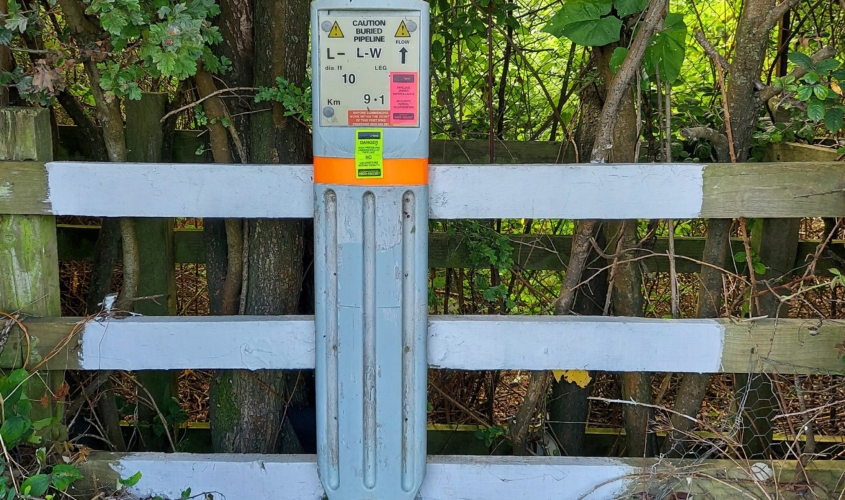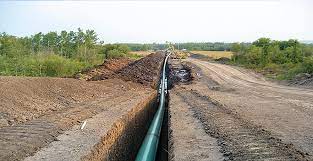There are more than 27,000 KM of buried pipelines in the UK, but who should landowners contact about buried pipelines if they have any questions or are looking to undertake works in proximity of them?
There are numerous organisations who can assist and point landowners in the right direction if they are looking to inform the pipeline operator of any scheduled works. Most pipeline operators write to landowners and tenants to ensure that they have their contact details in case of emergencies or if they need to ask for supervision of any works being undertaken. This documentation should have the operator’s contact details.
In BPA’s case the contact number if 0800 585 387. This number is manned 24/7 and is there in case of emergencies and to forward calls to BPA’s lands team should landowners have any specific questions.
If you are unsure of who operates the pipeline there are other organisations who will be able to assist and point you in the right direction. The first is LinesearchbeforeUdig (LSBUD) which is a free to use service that any individual can use to check their works against over 140 operators who own and manage buried utility assets.
These assets include hundreds of thousands of kilometres of underground pipelines and cables in the electricity, gas, high pressure fuel, water and fibre optic networks. The service processes over 3.7 million enquiries per annum – that’s more than one every 10 seconds.
If you are on site and near to a pipeline, it’s likely that you will see a marker post that informs the public that there is a pipeline in close proximity. The details of the pipeline operator are also available on the marker post itself to assist landowners.
If looking to contact the pipeline operator, we would advocate giving them as much notice as possible so that they can offer advice, come out to site or help supervise works as well as mark out exactly where the pipeline is located.
By working with landowners, utility companies or other bodies that may be required to dig in the vicinity of buried pipelines LSBUD and BPA aim to ensure a prompt and accurate response to all enquiries in an effort to reduce injuries and deaths due to asset strikes.
BPA also writes to landowners and tenants to ensure that the contact details are correct so that the organisation can contact them should they need to inform them of repairs or other works that need to be undertaken on the pipeline infrastructure. Please help us by responding to the letters and keeping your details up to date.
Details can be kept up to date by clicking here.
We hope this information is useful on who to contact about buried pipelines. If in doubt contact a member of BPA’s lands team and we will be happy to assist.


